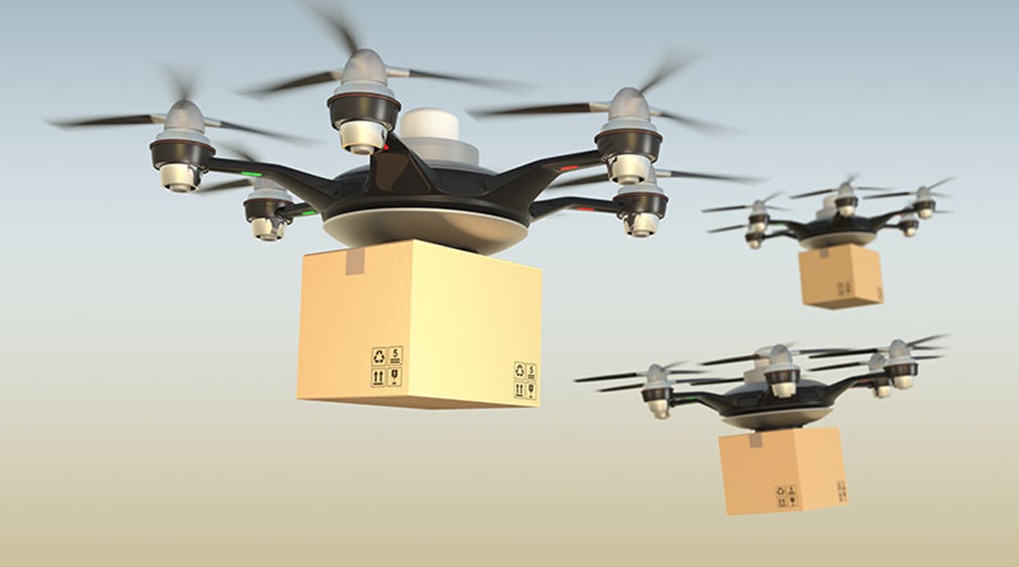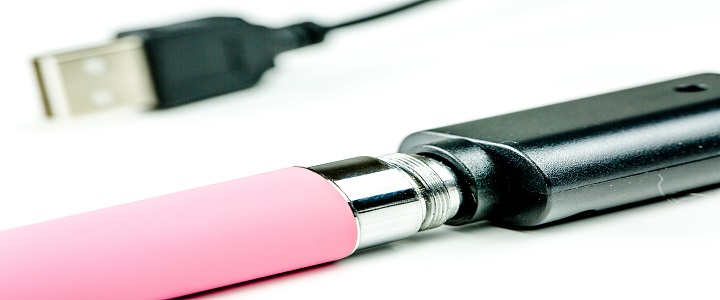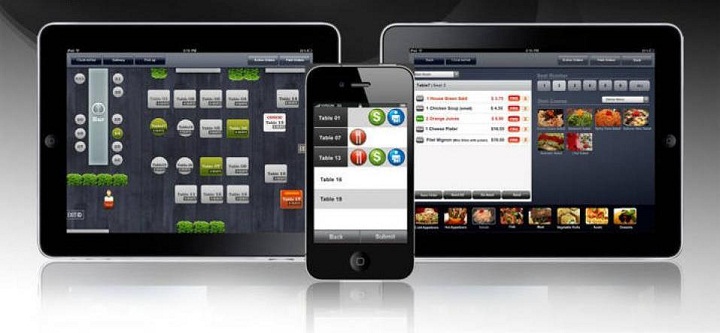
Drones were first used by the USAF to conduct surveillance and intelligence gathering operations in hostile territory. They are ideally suited to this task as drones are both quiet and unmanned, thus reducing the chances of a mission becoming compromised and eliminating the need to risk human lives. The most famous example drone would be the General Atomics MQ-1 Predator, which has been in service with the USAF for more than 20 years.
From recreational usage to filmmaking and even supply and transport, best drones for sale are slowly finding their place in civilian life as UAV technology becomes increasingly advanced and affordable. In this article, we look at the different ways in which drones can help with logistics and transport.
Reducing Workplace Accidents
The logistics and transport industry has always been fraught with risks. Due to the nature of work in the supply chain, workplace injuries are relatively common and can cause various financial and legal complications.
Slips, trips and falls are one of the most common injuries for employees working in the supply chain. Whether your employee is inspecting a container in the freight yard or managing inventory in the warehouse, slips and falls in such an environment is no joke, where the slightest mistake can lead to severe injury or even death.
Thus, in order to reduce the chances of such workplace injuries occurring, drones can be used to access dangerous areas which may endanger the life of a worker. For example, warehouse stock inspections often require workers to work from an elevated position in order to conduct stock counts. The combined factors of fatigue, stress and height can lead to a worker losing his or her concentration and making a potentially lethal mistake.
Fortunately, drones can be used to take over such a dangerous job, as they are able to access elevated areas easily. Moreover, as a drone can be mounted with an HD camera, operators can conduct stock checks from the comfort of a laptop or PC.
Instantaneous Order Fulfillment
Just-in-Time manufacturing, also known JIT, is a methodology or way of working that is aimed at reducing lead times within the production and supply chain. Ideally, implementing JIT would mean that inventory levels are replenished only when necessary, thus reducing storage costs and improving efficiency.
You might wonder:
How exactly does a methodology from Japan tie-in with drone technology?
Advancements in drone technology have allowed drones to transport goods and items autonomously without the need for a human operator. Amazon Prime Air, a service introduced by Amazon, allows packages to be transported safely and autonomously within 30 minutes of ordering. Thus, allowing orders to be fulfilled instantaneously, which is a tremendous selling point for any customer.
While this may sound like the stuff of science fiction, drone delivery services have the potential to revolutionize the transport industry, as they can change the way inventory is managed and how orders are fulfilled. For example, rather than having large quantities of stock on hand at all times, businesses can opt to replenish their inventory as and when it is needed. This eliminates the need for large storage spaces while improving customer satisfaction at the same time.
Reduced Transportation Costs
With freight and transport charges on the rise, transporters and their various internal and external stakeholders are constantly finding new ways to streamline costs and increase efficiency. The traditional means of transporting goods via truck incurs costs such as driver’s wages, fuel and operating expenses. This means that in order to achieve maximum efficiency, trucks need to deliver large quantities of goods to a small number of customers i.e. delivering maximum bulk with minimal effort expended.
However, what about smaller orders and individual customers? Fortunately, drone technology may have the solution for you. Instead of using trucks and vans to deliver goods door-to-door, which is grossly inefficient and costly, drones now have the capability to deliver small, light packages to customers at the fraction of the cost totally autonomously and with minimal risk. This provides a logistics service provider with a surprising amount of agility, as the method of transport can be matched with the size of the order, instead of a one-size fits all approach.
Thus, this opens up a world of possibilities as third-party transporters can significantly reduce their transport and handling costs in order to remain competitive in the industry.
Conclusion
Autonomous drone technology promises to bring about many exciting changes in the entire logistics and supply industry. From increasing workplace safety to autonomous order fulfillment, drone technology has opened up a world of possibilities for professionals working in the logistics industry. Thus, this allows logistics providers to offer their clients with a variety of solutions that can be tailor-made to suit each and every situation.










![Watch Video Now on xiaohongshu.com [以色列Elevatione perfectio X美容仪 perfectio X 全新仪器黑科技了解下]](https://www.techburgeon.com/wp-content/uploads/2019/07/perfectiox-singapore-150x150.jpg)
